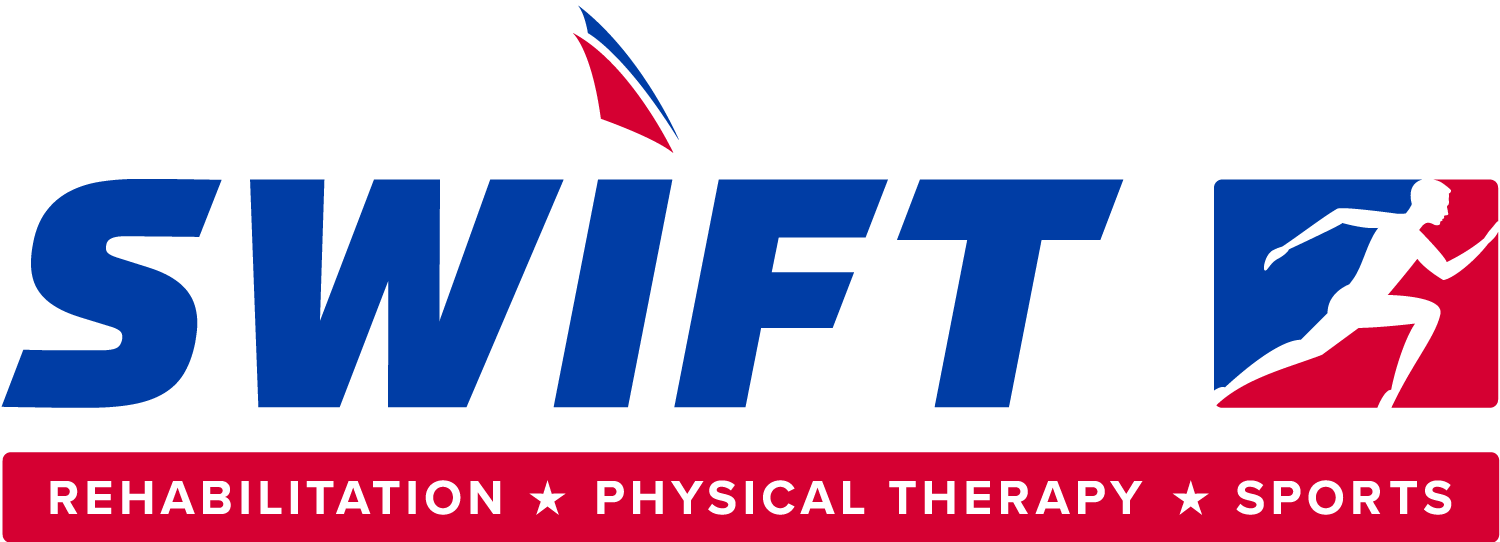Spine Rehabilitation
What is spine rehabilitation?
Physical therapy is often prescribed for patients with back pain and other spinal problems. It can help to reduce pain, increase flexibility, build strength, and even improve your posture.
The spine specialists and physical therapists work as a team to develop a treatment plan that will achieve the best results. The spine specialist determines the patient’s injury and type of surgery needed when necessary and provides the therapist with a prescription including a diagnosis and recommendation of duration, frequency, and treatment. Each patient then receives a thorough evaluation and a customized treatment plan is developed by the therapist to meet the patient’s specific goals and the patient is progressed per their treatment protocols.
Who should participate in spine rehabilitation?
Spine rehabilitation is beneficial for patients with all types of spinal pathologies from chronic low back pain to extensive spinal surgery. Some common reasons to seek spinal rehabilitation include:
- Chronic back pain
- Pre-operative
- Post-operative
- Work-related injuries such as repetitive motion injuries, slip and fall accidents, and other trauma
- Sports related injuries
- Motor vehicle accident injuries
What can spine rehabilitation do for me?
The role of the physical therapist is to evaluate and manage a program, which is designed to accomplish the goals set by both the patient and their therapist. Physical therapists use passive and active therapies to treat patients. Passive therapies include heat/cold therapy, ultrasound, electrical stimulation, massage, and joint mobilization. Active therapies include carefully monitored stretching, strengthening and other therapeutic exercise.
The goals of physical therapy depend on the patient’s type and level of activity which the patient would like to return. The objectives of the treatment plan include some, if not all, of the following:
- Restore joint function and mobility
- Increase muscle strength
- Decrease pain, inflammation, and muscle spasms
- Improve flexibility
- Promote healing of tissues
- Regain soft tissue extensibility
- Regain neuromuscular control
- Resume normal activities

